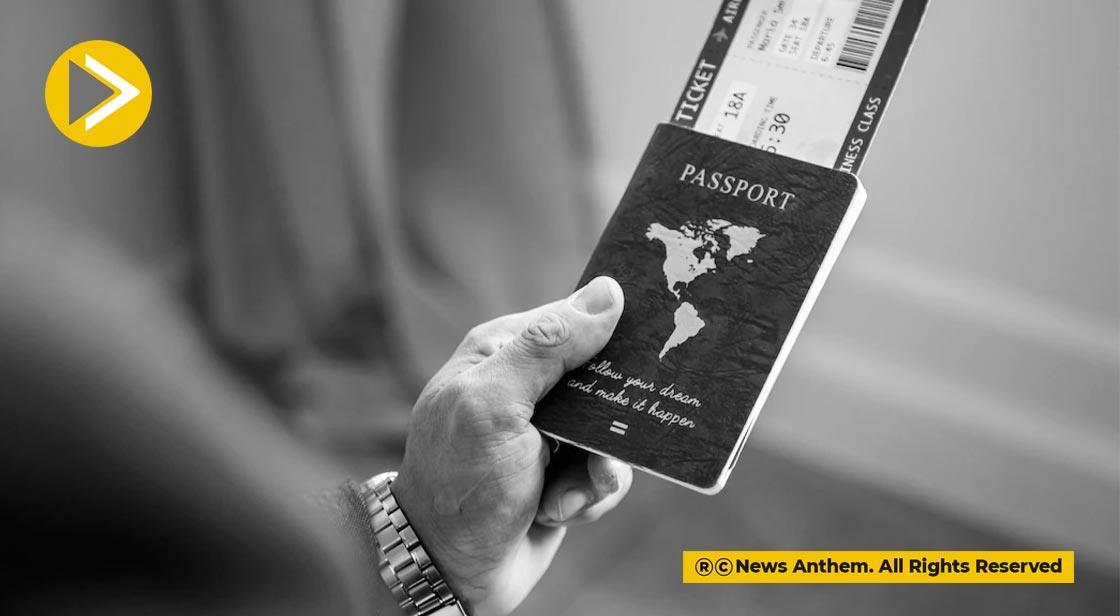US Senate Revives H-1B and L-1 Visa Reform Bill: Impact on Tech Jobs and Foreign Talent

News Synopsis
In a significant move that could reshape the future of skilled immigration and corporate hiring practices, the H-1B and L-1 Visa Reform Act has been reintroduced in the US Senate, signalling a tougher stance on how American companies use foreign talent programs.
The bipartisan initiative, spearheaded by Chuck Grassley, Chairman of the Senate Judiciary Committee, and Dick Durbin, the committee’s Ranking Member, aims to curb misuse of visa programs originally designed to bring top international talent into the US workforce.
Lawmakers Target Misuse of High-Skilled Visa Programs
The proposed legislation comes amid growing political scrutiny over how US tech giants leverage H-1B and L-1 visas. These programs were created to allow companies to hire foreign professionals for jobs requiring specialized skills when domestic talent is unavailable.
However, lawmakers argue that many companies now exploit these programs to cut labor costs and replace American workers with lower-paid foreign talent.
“Congress created the H-1B and L-1 visa programs as limited channels for firms to access top talent when it isn’t available domestically,” Grassley said in a statement. “Yet, over time, many employers have used them to sideline American workers in favor of cheaper foreign labor. Congress must step in again to restore integrity to these programs and uphold dignity for both American and foreign workers.”
Durbin echoed the sentiment, pointing to recent mass layoffs across the tech sector. “Large companies are cutting thousands of American jobs while filing thousands of visa petitions for foreign workers at suppressed wages and under poor conditions,” he said. “Congress must intervene to protect American workers and fix our broken immigration system.”
Trump’s Executive Order and New $100,000 Fee Requirement
The bill’s return follows a sweeping executive order signed by Donald Trump just weeks earlier, mandating that firms pay a one-time fee of $100,000 (about ₹88 lakh) for each new H-1B visa application.
The administration’s move aims to discourage overreliance on foreign workers and encourage companies to hire locally — a policy shift that aligns closely with the goals of the new legislation.
Scrutiny on Big Tech’s Visa Practices
The debate intensified after lawmakers sent inquiries to ten major tech employers — including Amazon, Google, and Meta — questioning why they continue to file thousands of visa petitions despite ongoing layoffs of American employees.
This scrutiny highlights growing bipartisan concern that visa programs have shifted from their original intent — fostering innovation and filling genuine skill shortages — to serving as tools for cost-cutting and labor arbitrage.
What the Visa Reform Act Proposes
Key Provisions of the Bill
The proposed H-1B and L-1 Visa Reform Act introduces sweeping changes that would fundamentally alter how companies recruit and employ foreign workers. Here’s what’s on the table:
Stricter Standards and Transparency
-
Employers would need to meet new wage and recruitment benchmarks, ensuring that hiring foreign talent does not suppress domestic wages.
-
All job openings must be posted on a publicly searchable Department of Labor website for American workers and for laid-off H-1B holders.
Enhanced Oversight and Enforcement
-
The Department of Labor would be authorized to collect fees to hire 200 additional enforcement officers, expanding oversight capabilities.
-
Employers violating these regulations could face hefty fines or be barred from participating in the visa program.
Prioritizing High-Skilled Talent
-
The bill would prioritize visa allocation for highly educated STEM professionals, aligning immigration with US workforce needs.
-
The definition of “specialty occupation” would be narrowed to require at least a bachelor’s degree.
Tightening L-1 Visa Use
-
Stricter limitations would be placed on L-1 petitions for establishing new offices, and the State Department would be required to verify foreign affiliates.
Why This Matters: The Bigger Picture
The H-1B and L-1 visa programs were originally intended to bridge skill gaps and foster innovation by allowing companies to access talent unavailable in the domestic workforce. However, critics argue that many firms have turned these visas into cost-cutting tools, displacing American workers and underpaying foreign professionals who are often tied to a single employer and vulnerable to exploitation.
With a massive green card backlog leaving many skilled workers in limbo, reform advocates argue that comprehensive visa reform is essential to ensure fair treatment and economic competitiveness.
Conclusion
The reintroduction of the H-1B and L-1 Visa Reform Act marks a critical turning point in US immigration and labor policy. As lawmakers push for greater transparency, fair wages, and reduced exploitation, the bill could significantly reshape how American companies hire global talent — especially in the tech sector.
For giants like Amazon, Google, and Meta, the new regulations may mean higher costs, stricter compliance requirements, and increased scrutiny over their hiring practices. For foreign workers, they could pave the way for fairer treatment, better conditions, and improved pathways to permanent residency. Ultimately, the reform is about restoring balance — ensuring that the visa system works as intended: to attract the best talent without undermining opportunities for the American workforce.
You May Like









